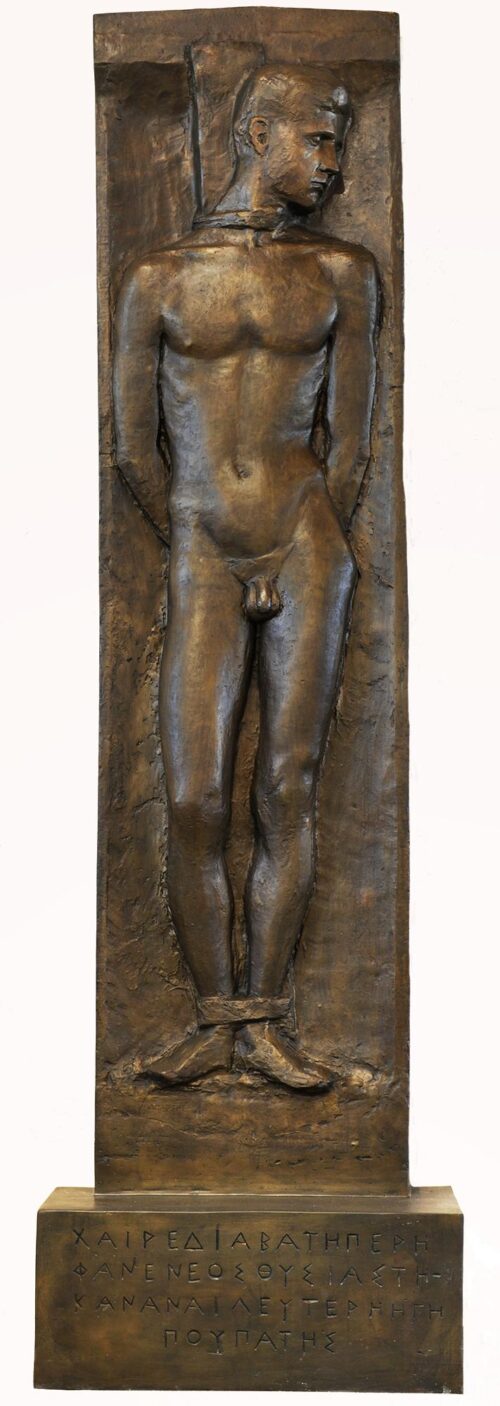
Apartis Thanassis (1899 - 1972)
On Execution, 1948
He received his early instruction in sculpture from the Armenian sculptor Papazian and in drawing from Vassilios Ithakissios. In 1919, he found himself in Paris, studying at the Academie Julian; in October of the same year, he was admitted at the Ecole des Beaux-Arts but quit only two months later to return to the Academie Julian. There, he studied with Paul Landowski and Henri Bouchard for two years. In 1921, during his participation in the Salon d’Automne, he met Antoine Bourdelle, who took him in the Academie Grande Chaumiere. He studied there for four years and, thanks to the mediation of his teacher, received in 1923 a 40,000 French franc scholarship from Helena Venizelou, enabling him to continue to pursue his studies, without however graduating, as he left the school in 1925. During the same year, he met Charles Despiau. In spring 1940, he permanently returned to Athens. At the beginning of the German Occupation, he was Dimitris Pikionis’s assistant at the Department of Free Drawing for a short period of time; in 1959, he became Professor at the Athenian Technological Institute and in 1961 was elected regular professor of the Second Sculpture Workshop at the Athens School of Fine Arts. In 1967, he was elected an associate member of the sculpture department at the French Academie des Beaux Arts. In 1939, he was awarded the Legion d’Honneur of the French Republic and in 1947 the Palmes Academiques by the French Ministry of Education.
His work has been exhibited in solo and major group exhibitions in Greece and around the world, including the Salon d’Automne, the Salon des Independants in France, Panhellenic exhibitions, as well as the Venice Biennale in 1950 and the Alexandria Biennale in 1961.
His acquaintance with Rodin’s work and his apprenticeship with Bourdelle both played a decisive role in shaping Apartis’s personal voice. The clear plastic volumes, the clarity of outline, the solid structure as well as the pervading spirit of the revival of classical tradition, specifically of Greek Archaic sculpture, all testify to Bourdelle’s influence, all the more evident during Apartis’s apprenticeship with the French master. Whether fragment, bust or full length, the human figure was the Greek sculptor’s main subject. His struggle to confine himself to the essential, to eliminate details, the austerity, clarity, realistic inclination and architectural structure are all characteristic traits of his oeuvre.

On Execution, 1948
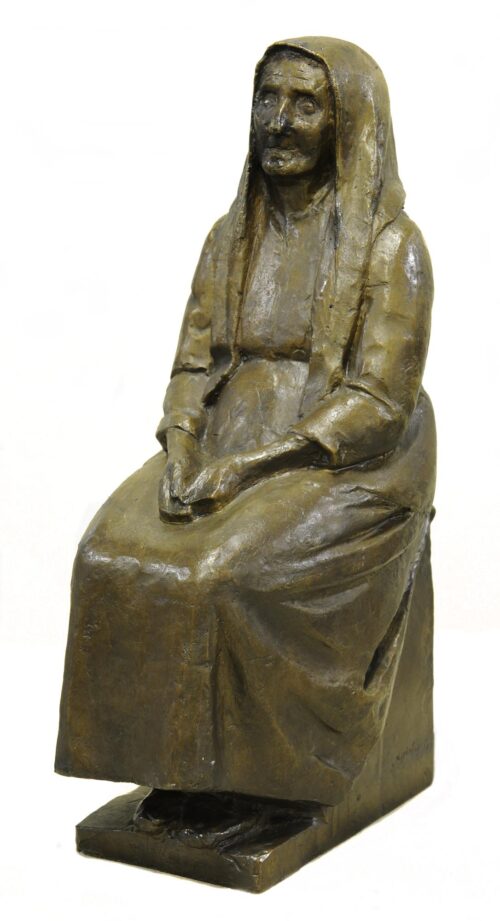
Kyra Antiopi, 1941
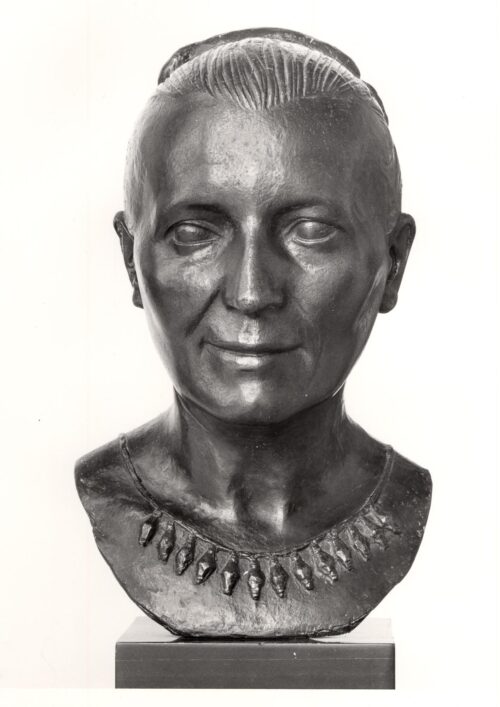
Marie-Therese, 1949
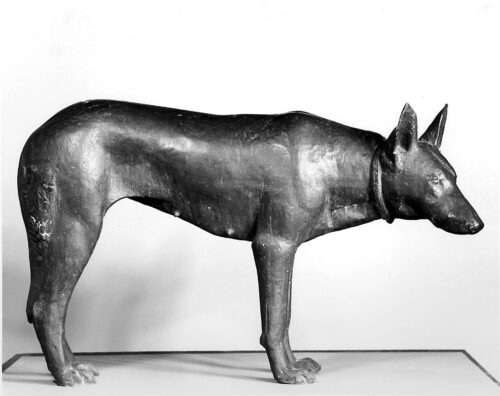
Female Dog, 1955
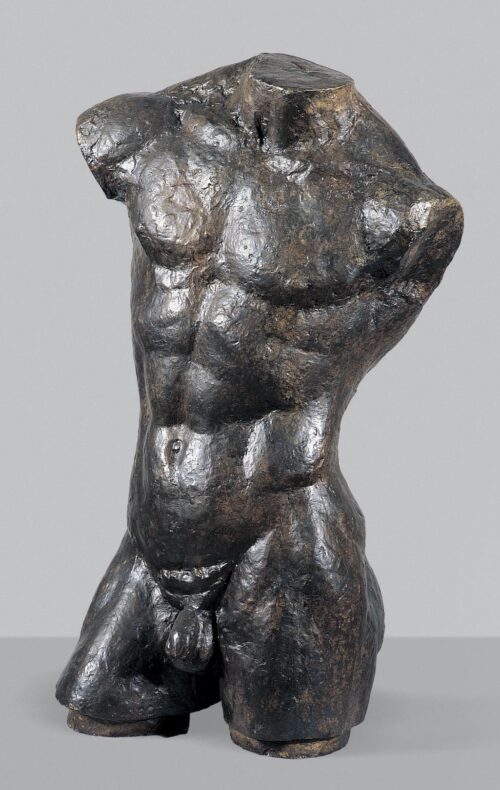
Torso of a Portuguese Man or Male Torso, 1921

We use cookies to make our site work properly, to personalize content and ads, to provide social media features and to analyze our traffic. We also share information about how you use our site with our social media, advertising and analytics partners. Read the Cookies Policy.
These cookies are necessary for the website to function and cannot be switched off in our systems. They are usually only set in response to actions made by you which amount to a request for services, such as setting your privacy preferences, logging in or filling in forms. You can set your browser to block or alert you about these cookies, but some parts of the site will not then work. These cookies do not store any personally identifiable information.
If you disable this cookie, we will not be able to save your preferences. This means that every time you visit this website you will need to enable or disable cookies again.
These cookies tell us about how you use the site and they help us to make it better. For example these cookies count the number of visitors to our website and see how visitors move around when they are using it. This helps us to improve the way our site works, for example, by ensuring that users find what they are looking for easily. Our website uses Google Analytics for statistics reporting.
Please enable Strictly Necessary Cookies first so that we can save your preferences!